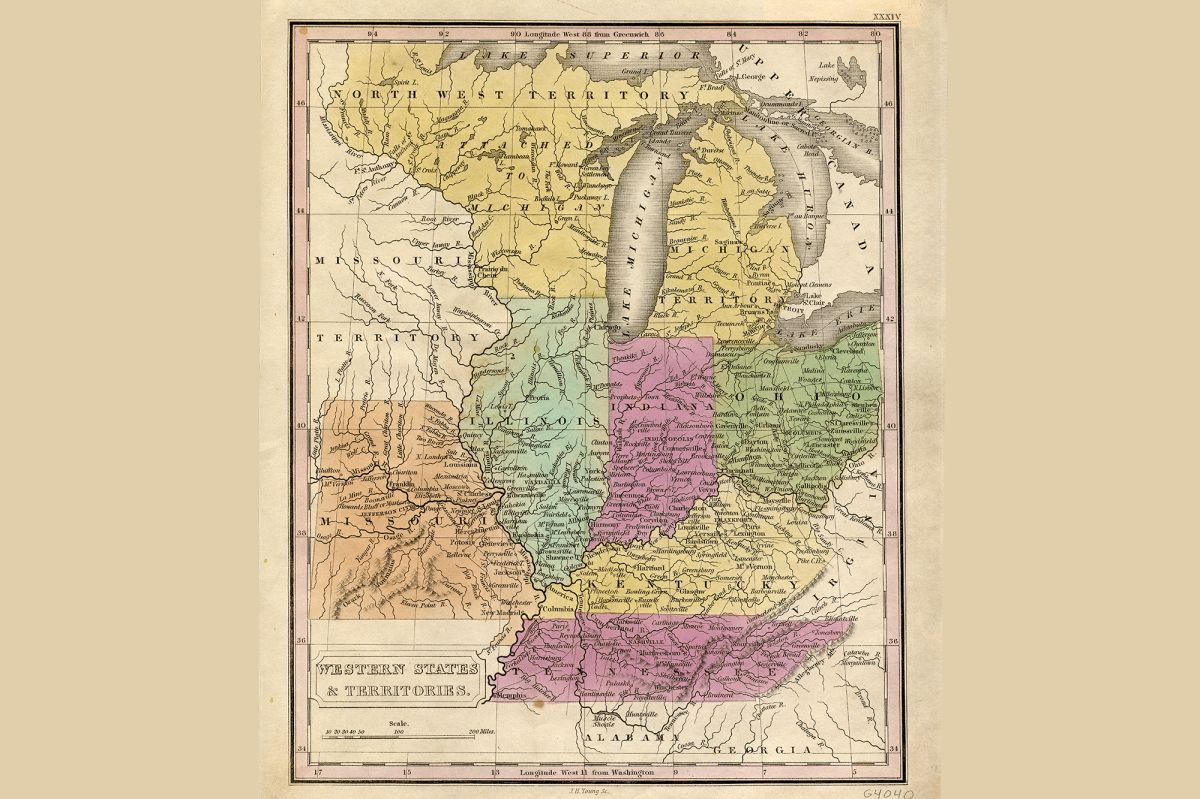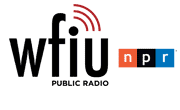
The Midwest wasn't always "mid," but it was always connected to the world beyond its borders. (Courtesy, Wells Library Map Collections, Indiana University, Bloomington, Indiana)
When you hear the term “American Heartland,” you probably think of fields of wheat, barns, quilts, and farmers—probably of northern European descent. There might be a sense of nostalgia. Perhaps even the sense that, as the non-multicultural counterpoint to the more diverse United States as a whole, this is the region that represents the core of the country, a core whose essence must be protected at all costs. Especially from people who seem like outsiders.
That’s not what the term meant at first. It didn’t even refer to the United States. Originally, it was part of a theory that whoever controlled the central Eurasian landmass – that was “the heartland” – would control power globally. It wasn’t until the Cold War that it was used to describe the American Midwest. Even then, it was about United States’ ability to wield global power. It was even more recently that it started to be about agrarian nostalgia. But whether during the Cold War or since, “the Heartland” has often been about denying the ways the American Midwest has been involved with global forces, shaped by them, built by them, home to Native Americans, Latin Americans, Haitian Americans, and more.
This episode springs from a panel I hosted at the conference of the Midwestern History Association in Grand Rapids, Michigan, last May. To understand the global roots of the Midwest, I also talked with historian Kristen Hoganson, about her book, The Heartland: An American History. You’ll hear snippets from the Midwestern History Association panel. If you’d like to listen to the whole thing (it’s worth it!), it’s available on their website.
Many thanks to the organizers of the Midwestern History Association, especially Cory Haala, for helping to make this happen, and to the panelists: Cory Haala, Kristy Nabhan-Warren, Andrew Klumpp, Emiliano Aguilar, and Camden Burd.
Credits
Inner States is produced and edited by Alex Chambers. Special thanks to our associate producer, Dom Heyob, for helping to make this episode happen. Our master of social media is Jillian Blackburn. Our intern is Karl Templeton. We get support from Eoban Binder, Natalie Ingalls, LuAnn Johnson, Sam Schemenauer, Payton Whaley, Lisa Robbin Young and Kayte Young. Our Executive Producer is Eric Bolstridge.
Our theme song is by Amy Oelsner and Justin Vollmar. We have additional music from the artists at Universal Production Music.






